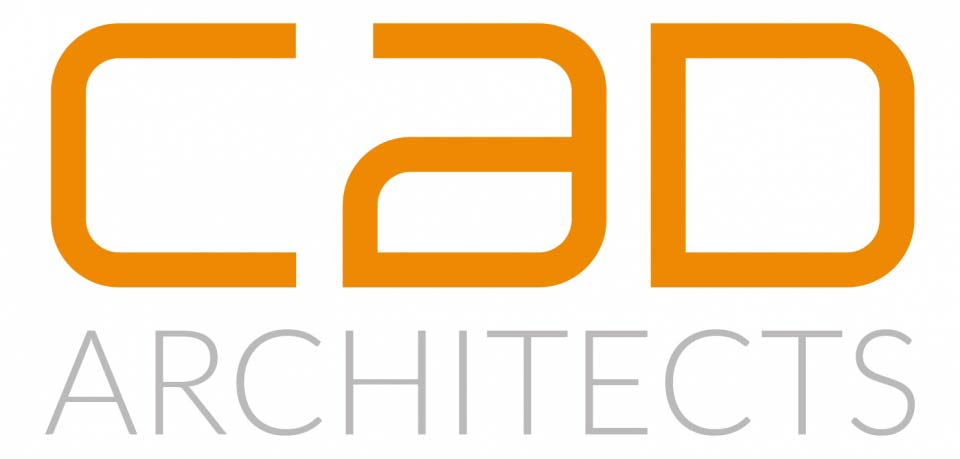By Mark Dawes, Managing Director, CAD Architects
At a recent UN Conference, the role of architecture in helping to combat the effects of climate change was strongly highlighted.
To coincide with the COP 24 Conference in Poland, which is the follow-up to the 2015 Paris Agreement, a statement was issued by the UIA, an organisation that represents over 3 million architects worldwide. Their President, Thomas Vonier, said:
“Current practices in the built environment are unsustainable. The built environment is a major consumer of energy and natural resources and a massive producer of waste.”
“The built environment is part of the problem, but through the potential of planning, architecture and design, it is also a crucial part of the solution. Architectural solutions are already there, contributing to sustainable communities and quality of life.”
He called on architects to promote cleaner towns and cities and to reduce the natural resources used in the building industry.
At CAD Architects, we would wholeheartedly agree with these statements. We are well aware that over a third of all greenhouse gas emissions in the UK come from buildings. There are also high levels of CO2 emissions associated with the construction of new buildings. So, without responsible practices in architecture, we will never be able to successfully address the issue of climate change.
Here are some of the main elements that we factor into our thinking on sustainable building design:
Planning. At the earliest stage, it is important to assess the impact that the building will have, both locally and on the wider environment. This gives the architect the opportunity to model different approaches and to find the most sustainable solution.
Construction. The project needs to be planned so that it takes advantage of the most energy efficient methods of construction, including high efficiency equipment.
Recycling of materials. Construction projects can generate a high level of waste material from excavation and demolition. It is valuable to consider whether any on-site materials can be re-used in the construction of the new building, to reduce its carbon footprint.
Sustainable building materials. For example, timber is a renewable source of building material which also has relatively low emissions during its processing. So, the use of timber frame building and timber cladding can greatly reduce a house’s carbon footprint.
Use of local materials. The further that building materials need to be transported, the greater level of carbon emissions they will generate. If possible, it is best to source materials locally. At CAD Architects, we have built a strong network of material suppliers in the South West. Not only is this more environmentally friendly, it also helps us create sustainable buildings which harmonise well with their local built environment.
Insulation. Having state of the art insulation materials to preserve the heat in the building is absolutely crucial. We can advise you on the most suitable materials for your project and give you the technical details on their insulation performance. The efficient sealing of doors and windows is also an important factor to consider.
Lighting. This can account for a large proportion of the energy use in a building. Using imaginative design and construction to maximise the use of natural daylight in the building is an important part of the architect’s role. This is an area where technology has improved in leaps and bounds over recent years. It’s now possible to incorporate large windows (even floor to ceiling) which are very energy efficient and cost-effective to maintain.
Renewable energy. The most plentiful form of renewable energy is sunlight. So, making sure that the house and its windows are designed to absorb heat from the sun readily is a key factor in design. Solar panels that have been properly integrated into the design of a building have a valuable role to play and are becoming increasingly popular. A relatively new development is solar roof tiles, which are designed to blend with the natural look of your roof – though these come at a higher cost. In the South West of England, ground source heat pumps are another possibility and CAD Architects have experience of integrating these into new build houses. In the future, it seems likely that small scale wind turbines will become a feature for some residential developments.
In considering the above points, many people will have new buildings in mind. But it is equally important to employ this thinking when renovating or refurbishing existing buildings. It is our older housing stock that can be most problematic when it comes to emissions. By retrofitting some of the latest approaches and modern materials, we can achieve huge improvements with our older buildings.
Addressing climate change is a huge challenge that affects all of us. At CAD Architects, we are determined to play our full part in minimising the carbon footprint of the buildings that we design.
